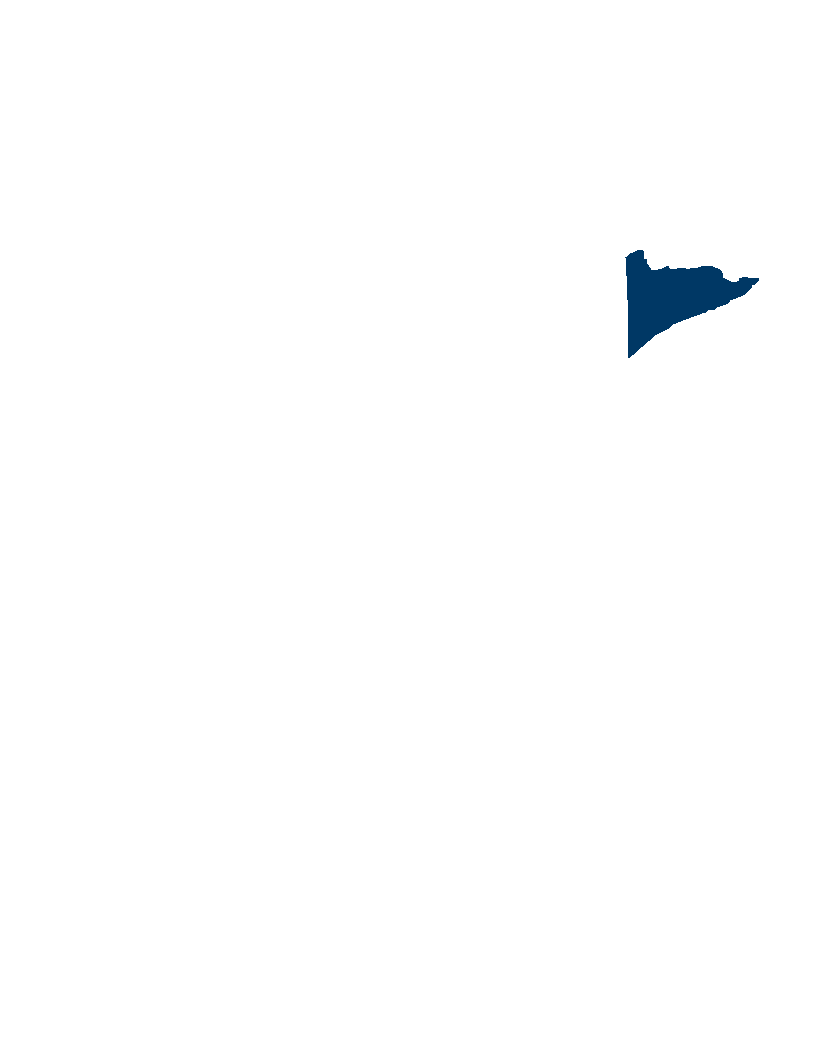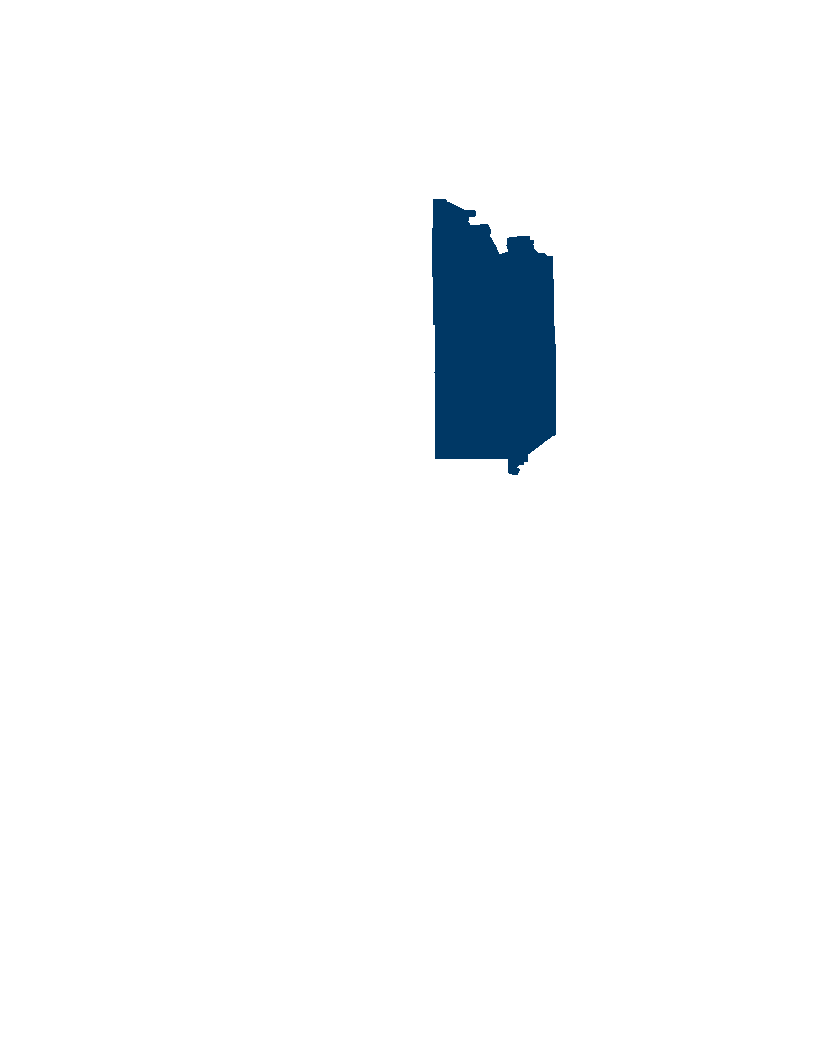Minnesota Moose Habitat Collaborative - Phase III
The Minnesota Deer Hunters Association (MDHA), in collaboration with county, state, federal, tribal, university and non-governmental organizational (NGO) partners, seeks to continue the successful work of the Moose Habitat Collaborative (Collaborative) by improving nearly 10,000 acres of foraging habitat for moose in northeast Minnesota. The project builds on the Collaborative’s previous efforts to enhance forest habitat by increasing stand complexity and production while maintaining thermal components of the landscape with variable enhancement methods. Partial and intermediate harvests will increase the occurrence of early successional forest patches, providing abundant quality foraging opportunities and enhancing landscape-level habitat heterogeneity.
The Minnesota Moose Collaborative has implemented a variety of habitat enhancement treatments across the core of moose range in Northeast Minnesota on County, State, Federal, and Tribal lands since 2013. Improving moose browse calls for treatments that regenerate preferred brush and tree species. In some places this happens through natural or human disturbance. Natural disturbances like wildfires provide excellent moose browse according to biologists. Most logging on uplands results in some regeneration of moose browse. However, there are tens of thousands of acres in moose range that will not see a natural browse regenerating event like fire or do not have enough volume of merchantable wood to make an economical timber sale. In these areas the collaborative used bulldozers, brush saw crews, and prescribed fires to shear, cut, and burn the old decadent brush and stimulate re-growth that is more palatable, nutritious, and easy to reach for moose. Cover for hiding from predators and protection from the elements is another part of the habitat equation. Research has shown that moose prefer forests with mixed conifer and deciduous trees. The pre-settlement forest in Northeast MN was 70% conifers and 30% deciduous trees. Today that ratio is completely reversed with 70% deciduous and only 30% conifers. Improving cover habitat for moose means restoring conifers on the landscape. The Minnesota Moose Habitat Collaborative has planted over 4 million trees including white spruce, white pine, jack pine, and white cedar. The pine and cedar must be protected from browsing by deer and hare using budcaps or tree shelters. By the third year after planting, the seedlings need to be released from competition from surrounding trees and brush. The collaborative
accomplished this “release” with brush saws which both helps the trees get established and produces another flush of future moose browse. A look at plat books for counties in Northeast Minnesota quickly emphasizes the need for inter-agency partnerships to produce habitat results at a meaningful scale. The ownership pattern looks like a patchwork quilt of County, Federal, and State lands. There is not an acre that gets worked on without some level of collaboration and cooperation between partner staff. With time and experience, collaborative partners have refined the search for good moose habitat projects and added and dropped stands as field visits were conducted.
Proposals for specific work plans at each site are shared with wildlife biologists for their approval as beneficial to moose. Partners decided who will manage the bidding and contracting, order necessary supplies, supervise the work, complete the documentation needed for invoicing, track the specifics of what was done at each site, and summarize accomplishments for grant reporting and other communication about the project as a whole. Field sampling and aerial surveys conducted by the 1854 Treaty Authority, U of M's Natural Resources Research Institute, the Fond Du Lac Band, and other agency and tribal biologists are showing that moose are preferentially using the sites that were treated through this project.
$1,938,000 the second year is to the commissioner of natural resources for an agreement with the Minnesota Deer Hunters Association to restore and enhance public forest lands in the northern forest region for moose habitat. A list of proposed land restoration and enhancements must be provided as part of the required accomplishment plan.
11,466 Forest acres Enhanced
Partners, MDHA


